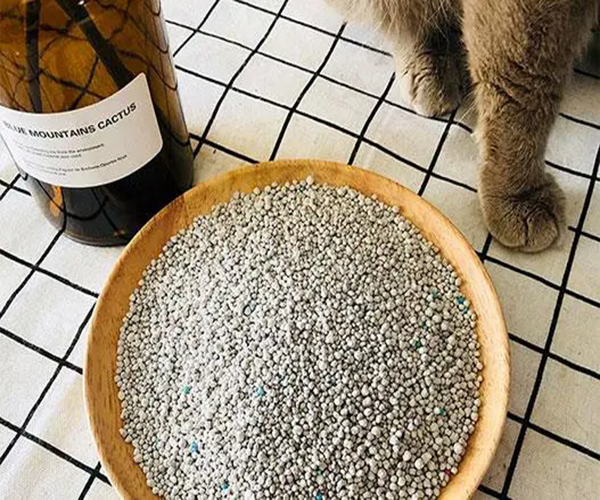
How often is the litter changed?
The frequency of litter replacement does not have a fixed standard, but needs to be considered according to a variety of factors. Here are some of the main factors affecting litter replacement frequency and general recommendations:
First, the cat's age and health
Age: Young cats produce less urine but urinate more often and litter is used more frequently, so the replacement cycle may be shorter. Adult cats, on the other hand, are relatively stable.
Health status: If the cat suffers from gastrointestinal disease and diarrhea symptoms, the number of excretions will increase, and the consumption of cat litter will be relatively large, so the replacement cycle needs to be appropriately shortened.
Second, seasonal factors
Summer temperature is high, humidity is high, cat litter is easy to breed bacteria, so it is necessary to shorten the replacement cycle properly, generally 7 to 10 days to completely replace once. The winter is relatively dry, the cat's urine volume may also be reduced, so you can appropriately extend the replacement cycle.
Third, the type and quality of cat litter
Type: Different types of litter replacement cycles also vary. In general, crystal cat litter, tofu cat litter and other cat litter with good water absorption need to be replaced frequently; Bentonite cat litter, mixed sand and mineral sand and other cat litter that is not easy to set will be more durable, so the replacement cycle is longer.
Quality: When using inferior cat litter, it may be necessary to replace the cat litter more frequently, such as when the cat litter powder is serious, a lot of sticky bottom, and many small pieces of urine are difficult to clean, it needs to be completely replaced.
Fourth, litter box size and cleanliness
If the litter box is smaller and less litter is put in each time, the litter needs to be replaced more frequently. On the contrary, when the litter box is larger and the litter is thicker, the replacement cycle can be properly extended.
The cleanliness of the litter box is also an important factor affecting the frequency of replacement. If there is too much residue in the litter box, such as cat feces, hair, etc., the litter should be replaced in time and the litter box should be cleaned.
Fifth,Number of cats and urine output
If you have multiple cats in your home, or one of them has a high urine output, shorten the replacement cycle as needed to ensure that the litter is always dry.
Sixth, observation and judgment
Caking degree: Whether hard caking forms after the litter absorbs urine and feces. If there are more clumps, it means that the cat litter is saturated and needs to be replaced in time.
Odor level: Whether the cat's litter gradually emits odor after absorbing urine and feces. If the odor is heavy, it indicates that the absorption of the cat litter is reduced, which is an obvious signal of replacement.
General advice
Daily cleaning: Clean the litter box at least once a day to remove clumped litter and feces.
Regular replacement: Based on the above factors, it is generally recommended to replace the cat litter every 1-2 weeks. However, the specific frequency needs to be flexibly adjusted according to the actual situation.
Please note that the above advice is for reference only, and the specific frequency of replacement needs to be judged according to the actual situation of the cat and the observation of the owner. At the same time, keeping the litter box clean and hygienic is essential for your cat's health and comfort.
